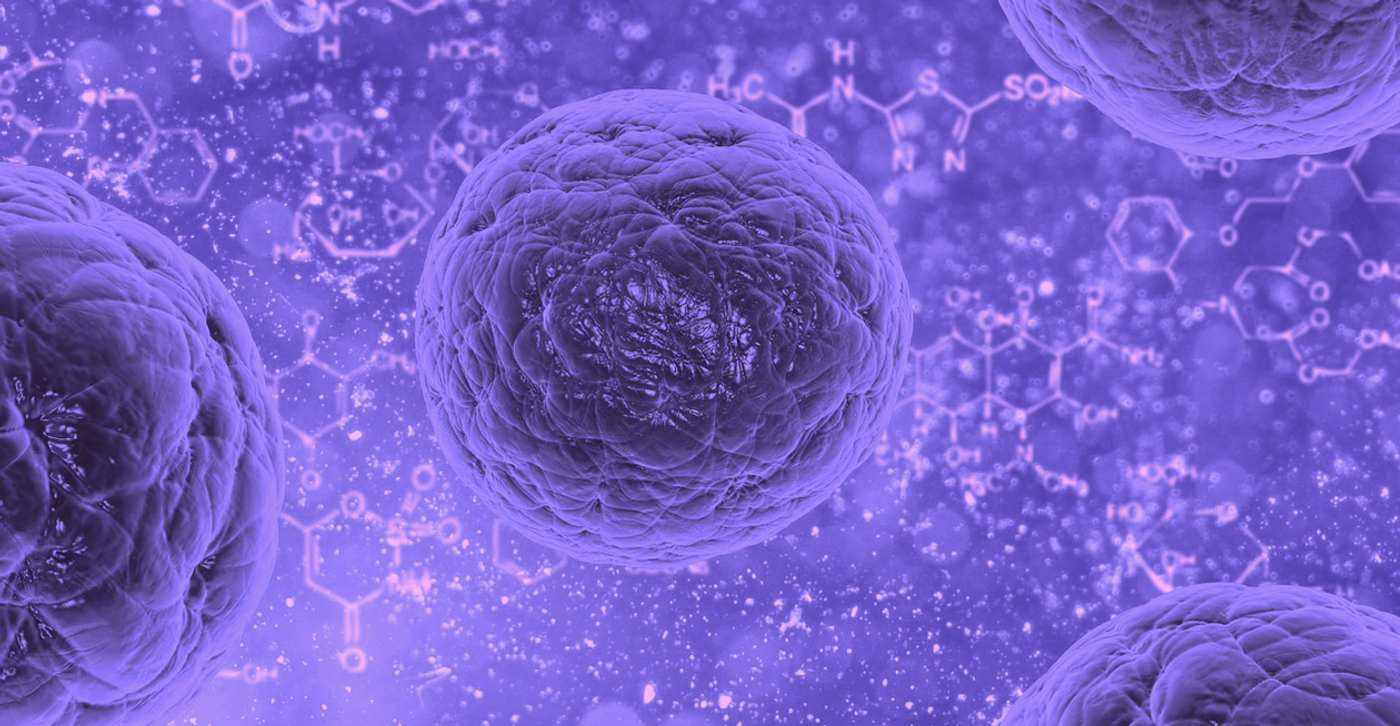Single-Cell Atlas Reveals Gene Activity Across Human Tissues
Scientists have learned a lot about individual genes, especially those that are connected to human disease. And while we know a bit about gene networks and biochemical pathways, it's difficult to step back and get a look at the bigger picture of gene expression across an entire organism. But scientists have been changing that with genetic and computational tools. Researchers have spent years investigating how small changes in the genetic sequence might affect the biology of individual, typically by using algorithms to link genetic variants with increases or decreases in the risk of disease.
Now investigators want to know more about how variations in genes are impacting biology at the cellular level across the entire body. This process has been accelerated by assessing many cells from different tissues and using machine learning to create a cell atlas from the data. We are one step closer to having a cell atlas for the human body that includes information from a large, diverse group of people.
In a new study reported in Science, the investigators created new ways to analyze gene expression in cells, which is typically done by isolating the RNA from a batch of cells, and then sequencing that RNA (since active genes are transcribed into mRNA). But fresh samples are usually required, which is not always practical for a large amount of tissue, or in the clinic when human samples might be obtained. Fat cells, tough tissues like muscle, or fragile tissue like neurons can also be difficult to process. With the new tools created for this research, larger studies can now be performed, and researchers can use frozen tissues.
Instead of focusing on one tissue like many studies, a pipeline was built to analyze multiple tissues throughout the body. Researchers have revealed new functions and signaling programs in several kinds of cells, and identified novel similarities that cells from different tissues share. The team also discovered new connections between certain diseases and cell types.
The cell atlas is based on gene expression in nuclei, instead the entire cell. By isolating RNA only from nuclei, the researchers could assess more types of cells.
The data can be viewed at the GTEx portal and the Broad's Single-Cell Portal, and it's part of the Human Cell Atlas (HCA) consortium, which aims to comprehensively analyze every type of human cell and how they are related to disease. The video below outlines the current status of the HCA consortium.
"In our study, we've shown that this approach can generate crucial insights about the role of cells and tissues in many diseases, which will spark new scientific and biomedical inquiries aimed at a shared goal of revolutionizing medicine."said co-senior study author Aviv Regev, now of Genentech.
Intially, the research team tried four ways of isolating RNA from individual cell nuclei, assessing about 200,000 cells obtained from eight types of frozen tissues. Deep learning was then used to analyze the data, which revealed that their method was as good as current techniques, and the new protocol revealed cell types that are not typically seen with current tools.
A reference map was then generated. "With these new technologies, we are able to chart cells across healthy tissues in the human body," said co-corresponding study author Orit Rozenblatt-Rosen, now of Genentech. "Doing so gives us a comprehensive foundation for understanding what goes awry in disease."
The scientists showed that new insights can be gained from this method; they found, for example, that there are two kinds of immune cells in all the tissues they assessed. One type of cell protects us from infection, while another supports normal tissue function, and there are varied proportions in different tissues. This finding illustrates how tissues maintain balance. They also discovered that there are gene programs normally linked to muscle cells that are active in lung tissue cells called fibroblasts.
When the 6,000 genes that have been linked to heritable diseases were cross-referenced with the atlas, the researchers found new types of cells that might be related to disease. Nonmyocyte cells might be involved in muscular dystrophy, for example. The researchers are hopeful that these new insights are only the beginning.
Sources: Broad Institute of MIT and Harvard, Science









